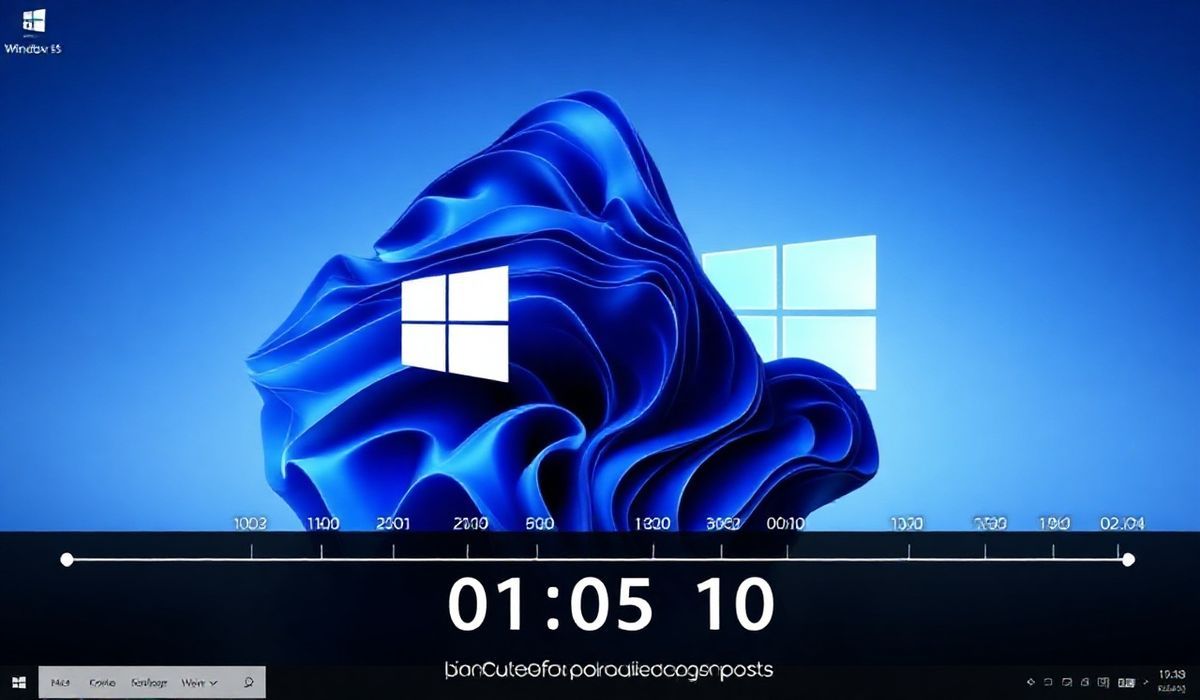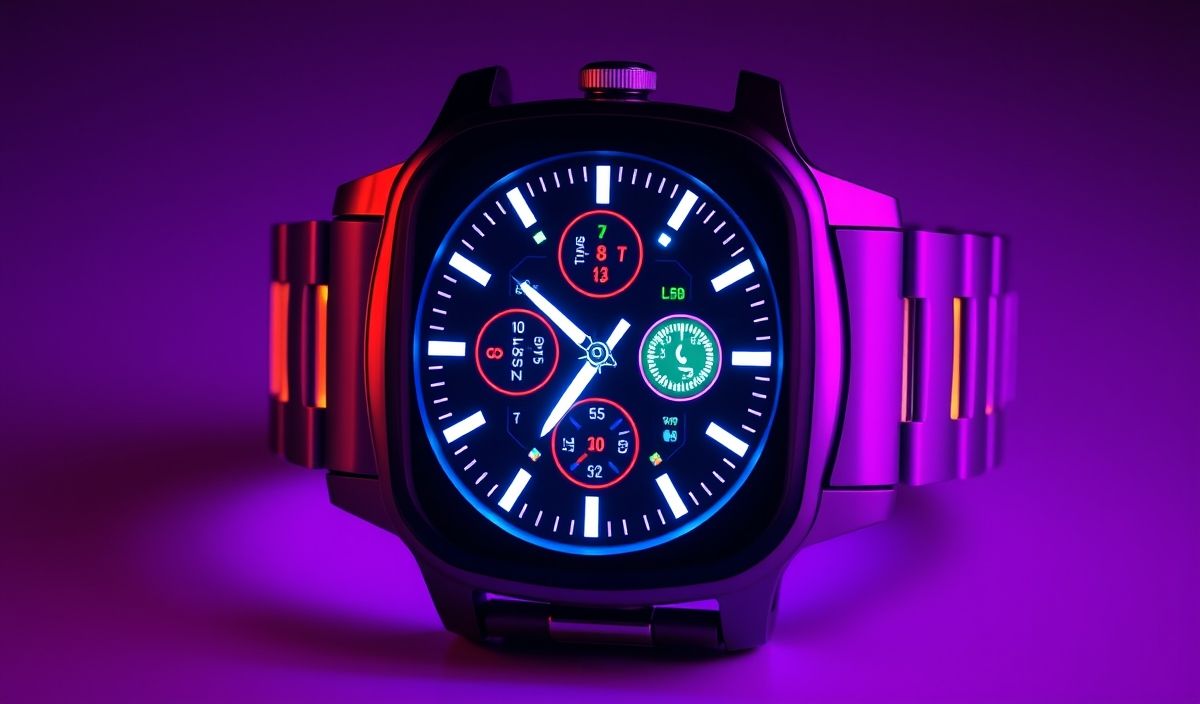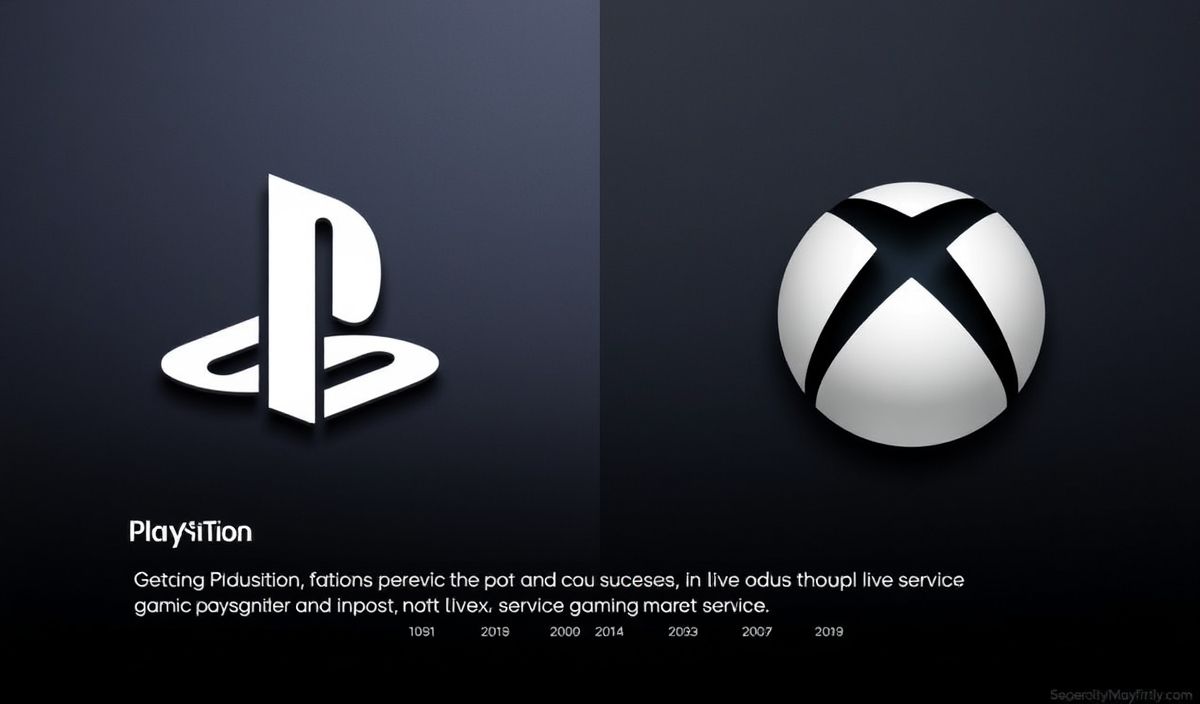Microsoft has announced that Windows 10 will reach its official end-of-support date on October 14, 2025, less than 10 months from now. This means that users still relying on the operating system will need to consider upgrading to a newer version, such as Windows 11, or investing in new hardware. While Windows 10 will still function post-support, it will no longer receive security updates or new features, leaving it vulnerable to security risks.
Vero’s thoughts on the news:
The move to retire Windows 10 is not exactly surprising given Microsoft’s push to streamline its ecosystem and shift users to Windows 11. However, this transition raises a few concerns. Many enterprises, developers, and users still find Windows 10 to be stable and efficient, especially for legacy systems or older applications. For app developers, this timeline puts pressure to ensure compatibility with Windows 11, which demands newer code structures and optimized UX adaptations. While progress is inevitable, the lack of proper tools or backwards compatibility for older apps may disrupt workflow for businesses and developers alike. This reinforces the necessity to not only adapt swiftly but to also future-proof applications to align with such rapid tech transitions.
Source: Microsoft will retroactively downgrade this part of Windows 10 next month – Windows Central
Hash: 061845eef7e2c5d85b18274126363df592ece1f70b1289dc792a9e56715b930c



